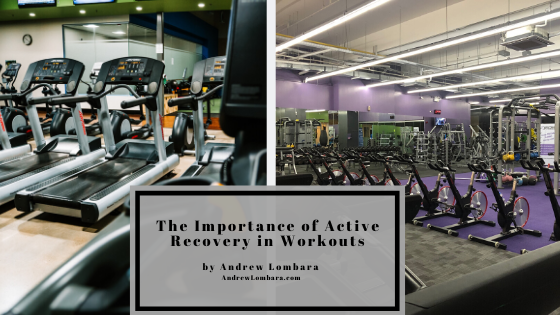It used to be that people were advised to rest after strenuous workouts. The feeling was that this would help muscles grow more quickly. Today, that advice has changed. With advances in understanding and technology, today’s trainers and coaches understand that active recovery is more helpful. Active recovery refers to doing low-intensity exercise following a high-intensity workout.
Reducing Aches & Pains
Active recovery supports the development of muscle and reduces aches and pains. With active recovery, the lactic acid that causes soreness is unable to build up in the same way. It also ensures that there’s plenty of blood flow to muscles. This helps to reduce inflammation. Finally, active recovery is excellent for cardiovascular endurance and mood. Studies show that all it takes is six to ten minutes of active recovery after a heavy workout to get these kinds of benefits. Active recovery exercises can include walking on a treadmill, riding a stationary bike, or using an arm ergometer. Taking these measures can reduce delayed onset muscle soreness.
Follow Up with Lower Intensity Activities
Since delayed onset muscle soreness generally peaks 48 hours after an intense workout, it’s essential to think about active recovery even the day after strenuous training. For example, some trainers suggest swimming at a leisurely pace the day after a stressful workout. Others advise that yoga and foam rolling have great benefits. Some trainers will advise their clients to work the same muscles at a lower intensity in the day following a big workout. For example, they might suggest doing the same squats with 25% of the max weight used the day before. Active recovery is an essential concept for all athletes to understand, whether they play a team sport, run marathons, or simply lift and jog to keep fit.
Keeps Heart Rate Up & Muscles Warm
Active recovery is also one of the keys to non-traditional styles of fitness training. High-intensity interval training is advertised as helping people get the most burn in the least possible amount of time. In between strenuous, high-impact bursts of activity, HIIT athletes use active rather than passive recovery. Staying active keeps the heart rate up in the interval, and also keeps the muscles good and warm. HIIT circuits have become very popular in the past decade, and several branded programs use this strategy.

